Every year, on 11 November at 11 am – the eleventh hour of the eleventh day of the eleventh month – we pause to remember those men and women who have died or suffered in all wars, conflicts and peace operations. Therefore November 11 is also known as Remembrance Day, a memorial day observed in Commonwealth of Nations (formally known as the British Commonwealth) member states since the end of the First World War to remember the members of their armed forces who have died in the line of duty.
Remembrance Day has a special meaning for me as I grew up in Flanders Fields, the Belgian region where the First World War saw more than 500,000 soldiers killed. Every morning when I went to school, I passed underneath the Menin Gate Memorial to the Missing.
The Menin Gate Memorial to the Missing is a war memorial in Ypres, Belgium which bears the names of more than 54,000 officers and men from United Kingdom and Commonwealth Forces (except New Zealand and Newfoundland) who fell in the Ypres Salient before 16th August 1917 and who have no known grave.
Even though I was not a data scientist at that time yet, I have always wanted to know more about those engraved names. As the First World War started now 100 years ago, in 1914, I thought it was time for an investigation and found what I had been looking for on the Commonwealth War Graves Commission website.
Not only did I find all the names of the casualties, I also learned about their country of origin, their date of death, their age and their rank in the army. I loaded these data into SAS Visual Analytics in order to quickly gain some insights.
We will remember... their nationalities
A simple pie chart teaches us that about 75% of the deceased came from the United Kingdom, there were about 10% Canadians and 10% Australians and about 1% of the engraved names on the Menin Gate are Indian and 1% South African.
We will remember... their date of death
Secondly, I created a line chart with the date of death on the X-axis. What immediately struck me, is the peak on 31/07/1917. Some research told me that the battle of Passchendaele started on that day. It became infamous not only for the scale of casualties, but also for the mud.
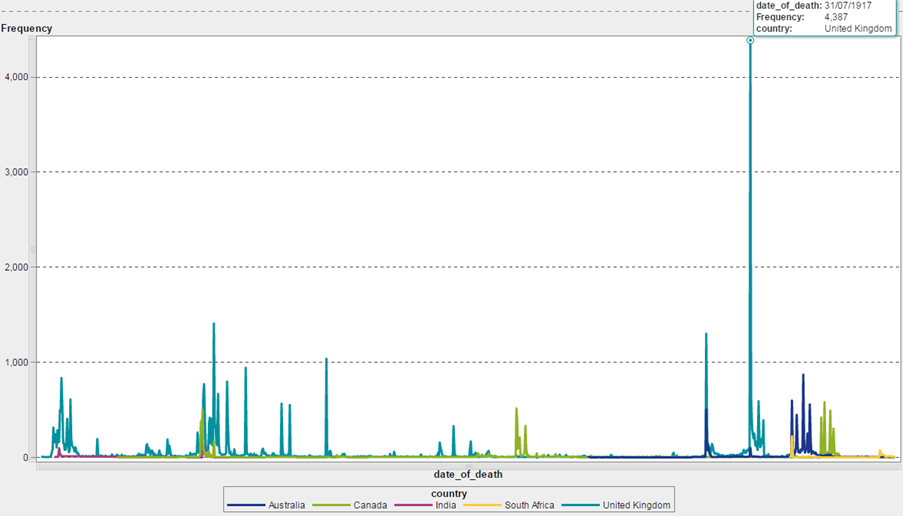
Another insight this chart is giving us, is that the British were present from the beginning of the war in 1914 until the end while there seems to be a shift for the others: first the Indian troops, than the Canadian forces, followed by the Australians and finally the South Africans.
We will remember... their ranks
The fatalities on the Menin Gate are associated with 63 different ranks but five of them represent 93% of the total: Private (70%), Lance Corporal (8%), Rifleman (7%), Sergeant and Corporal (both 4%). In the bar chart below we see how the countries stack up.
We will remember... their age
Although the age of 19 was the legal limit for armed service overseas in the United Kingdom, many young boys served their country in the First World War. When we look at the distribution of the age, we clearly observe a heavily skewed distribution.
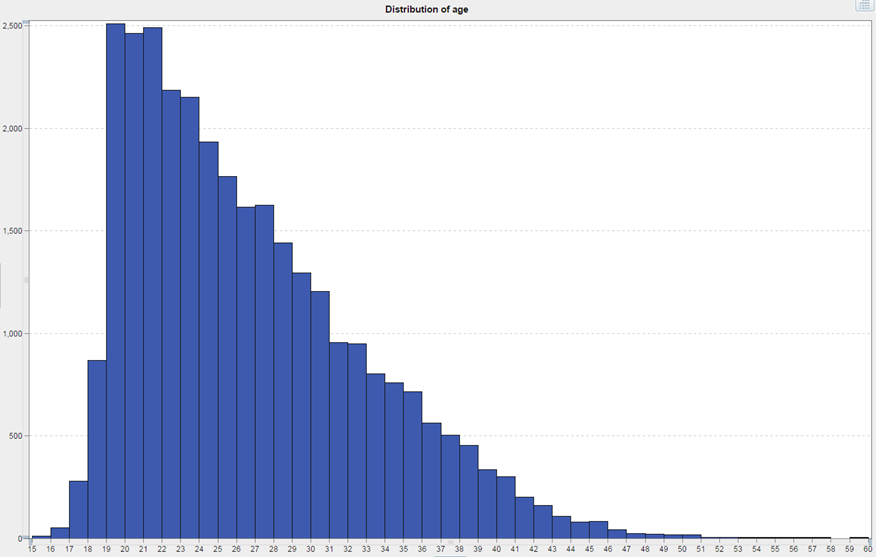
Although about half of the values of age are missing, the box plot below is a good indicator for the spread of the ages among the different ranks. The youngest victims were the riflemen, with an average age of 25. The sergeants were the “oldest” when they died at the age of 28 on average. The other ranks (private, corporal and lance corporal) were on average 26 years old when they lost their life in the battlefield.
I would like to conclude this post with an extract from “For the Fallen”, a Poem by Robert Laurence Binyon (1869-1943), published in The Times newspaper on 21st September 1914.
They shall grow not old, as we that are left grow old:
Age shall not weary them, nor the years condemn.
At the going down of the sun and in the morning
We will remember them.

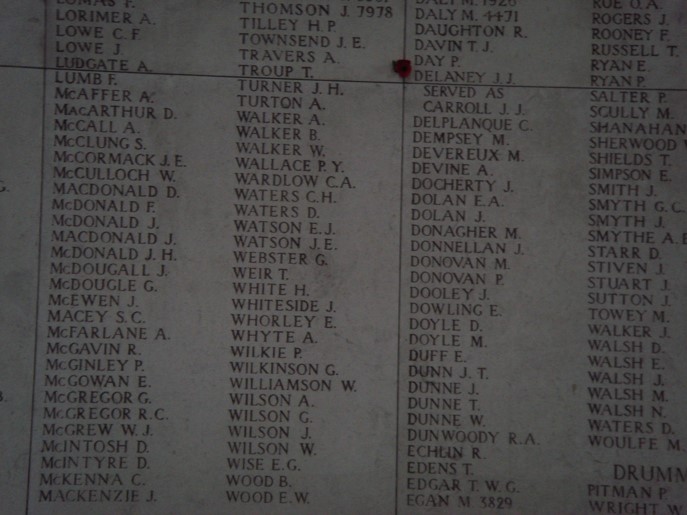
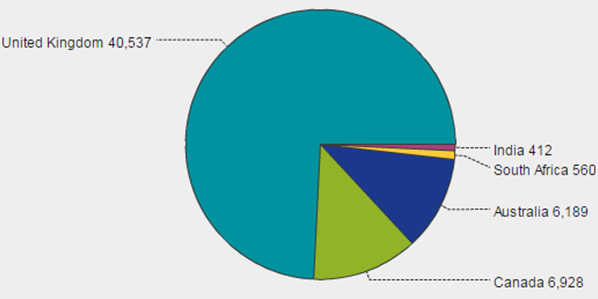
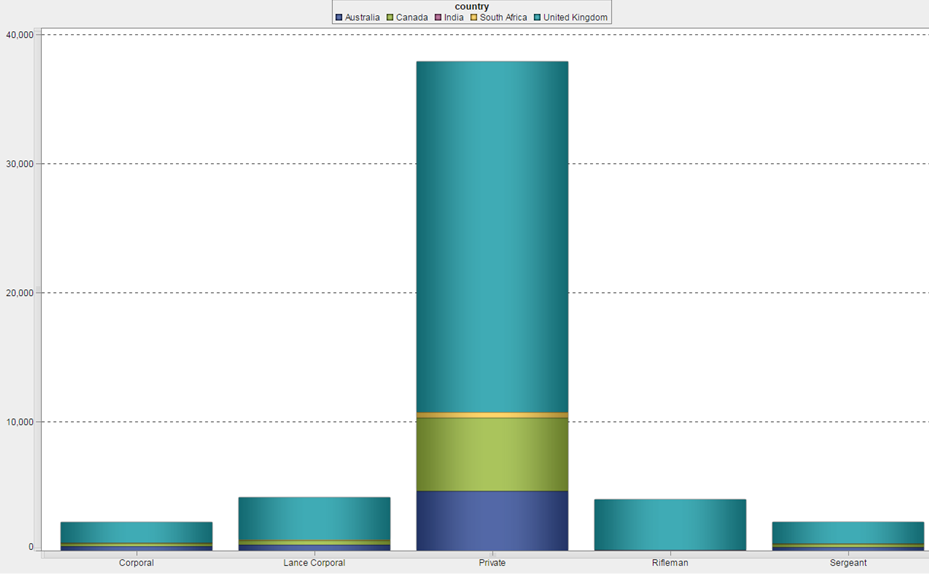
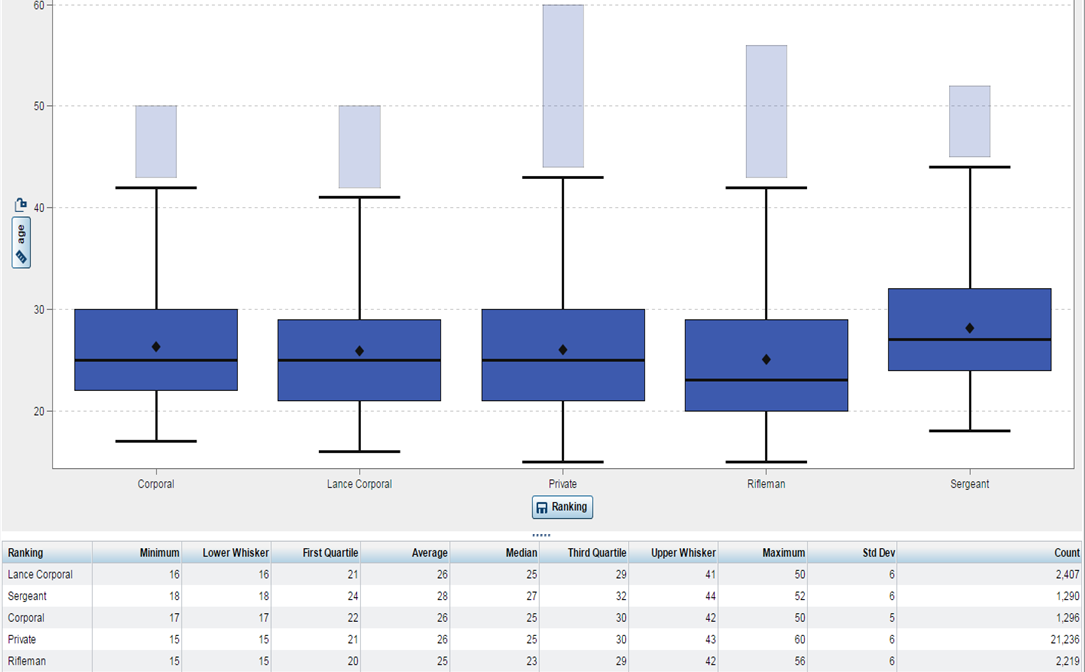


4 Comments
Strong and respectful story. Beautiful graphs. In my imagination I can see little Nele passing underneath the impressive and massive Menin Gate Memorial to the Missing.
Thank you for that very respectful and timely post
What a special tribute - thanks so much for spending the time and for sharing!
Thanks Janet, glad you enjoyed reading it!